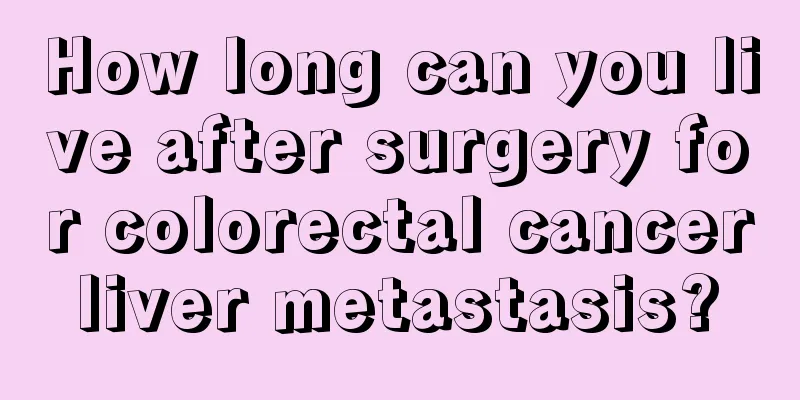Gallbladder wall edema

|
Anger and emotional instability are direct factors that affect gallbladder health. For many patients with gallbladder diseases, doctors will advise them not to get angry and maintain an optimistic attitude, etc. This shows how important emotions are to gallbladder health. Some patients may find edema in their gallbladder, which indicates a tendency to cholecystitis. They should pay attention to protecting their gallbladder to avoid aggravating the condition. Thickening of the gallbladder wall What diseases should be considered when the gallbladder wall is thickened or edematous? If examination reveals thickening or edema of the gallbladder wall, no gallstones, no upper abdominal pain, and routine blood tests are basically normal, the possibility of chronic hepatitis or cirrhosis should be considered first. CT: Gallbladder enlargement, uneven density, and obvious thickening around the gallbladder wall Why does chronic hepatitis or cirrhosis cause gallbladder wall thickening or edema? 1. Liver inflammation spreads to the surrounding bile ducts and affects the gallbladder. 2. Autoimmune liver disease and the immune complex of hepatitis virus antigens and antibodies damage the gallbladder. 3. As the plasma colloidal osmotic pressure decreases, water in the blood penetrates into the tissues, causing edema of the gallbladder wall. Doctor Tomato reminds everyone that if the examination reveals thickening and edema of the gallbladder wall caused by the above three conditions, you should not use choleretic and anti-inflammatory drugs according to the treatment method for cholecystitis. The key to solving the problem is to treat the primary cause and correct hypoproteinemia. B-ultrasound showed: gallstones in the gallbladder, thickening of the gallbladder wall, and enhanced echogenicity in the liver. How to distinguish? 1. Observe whether there are gallstones. Because when the stones move in the gallbladder, they damage the mucosa and cause bacterial infection, which in turn leads to cholecystitis. 2. In acute cholecystitis, non-calculous cholecystitis accounts for only 2%-5% and is related to other organ failure and immune dysfunction. The clinical symptoms include radiating pain, nausea, vomiting, fever, and elevated white blood cell count in blood routine tests. In this case, a hepatobiliary surgeon is required to make a specific judgment. |
<<: Gallbladder wall thickness
>>: Increased gallbladder size
Recommend
What is the cause of Tianzong pain
Tianzong actually refers to the Tianzong point on...
Is nasopharyngeal cancer prevention useful?
Is it useful to prevent nasopharyngeal cancer? Th...
How is lung cancer gene testing done? There are three methods
There are three ways for lung cancer patients to ...
The therapeutic principle of ear acupoint pressure bean method
Many people have discussed the ear acupoint press...
How to treat high thyroid stimulating hormone?
Thyroid hormone is the most important hormone for...
Can drinking milk help sober you up?
Today, our living standards are constantly improv...
What are some tips for treating onychomycosis?
Onychomycosis, also known as onychomycosis, is a ...
How long can a person with nasopharyngeal carcinoma brain metastasis live
How long can you live with nasopharyngeal carcino...
Why is breast cancer becoming younger? What should we do?
The younger age of breast cancer is believed to b...
What causes cholangiocarcinoma? Pay attention to these aspects
Cholangiocarcinoma is a type of primary liver can...
What does a heart rate of 160 mean?
A person's heartbeat is affected by many fact...
How to treat vertigo caused by the ears?
Some ear diseases can actually cause dizziness in...
Bleeding between teeth is caused by these two reasons
Gum bleed is a common disease and timely symptoma...
Can enhanced CT confirm renal hamartoma?
Renal hamartoma can be diagnosed not only through...
Keep it in your living room and you won't be afraid of the dry and damp autumn
In autumn, we can't help but feel that the ai...









